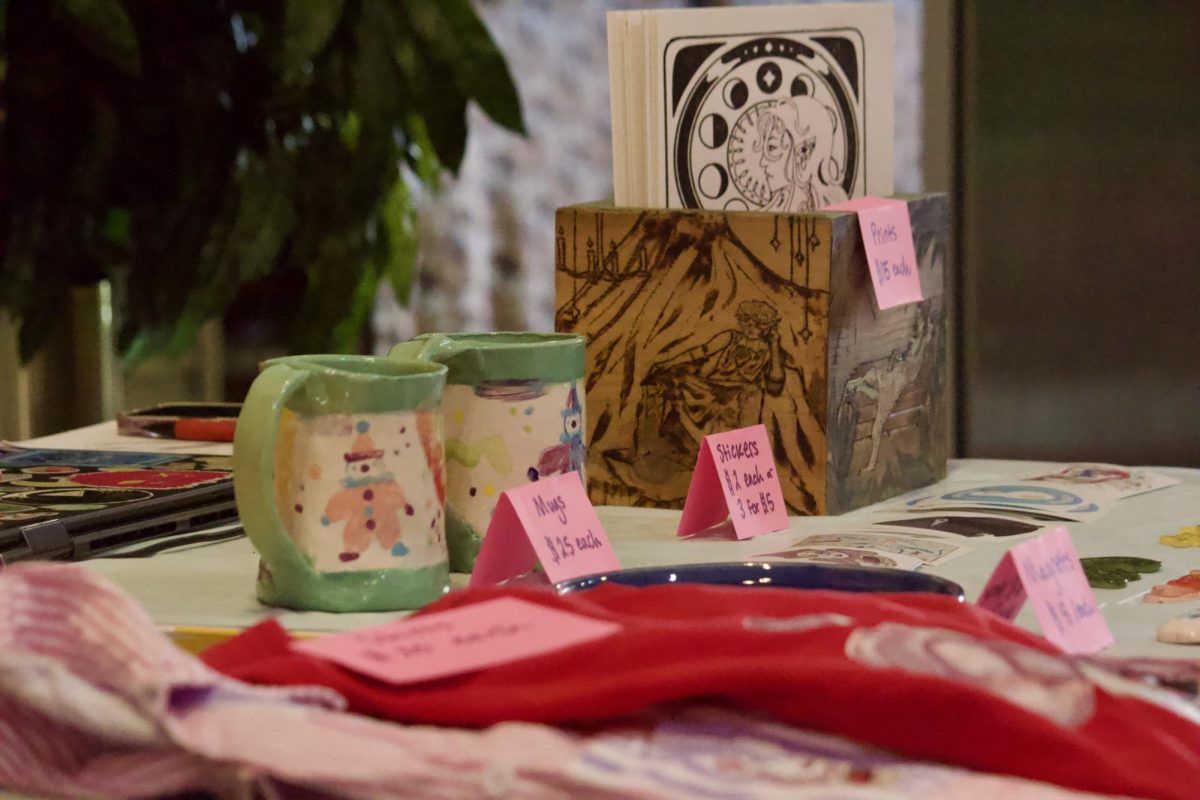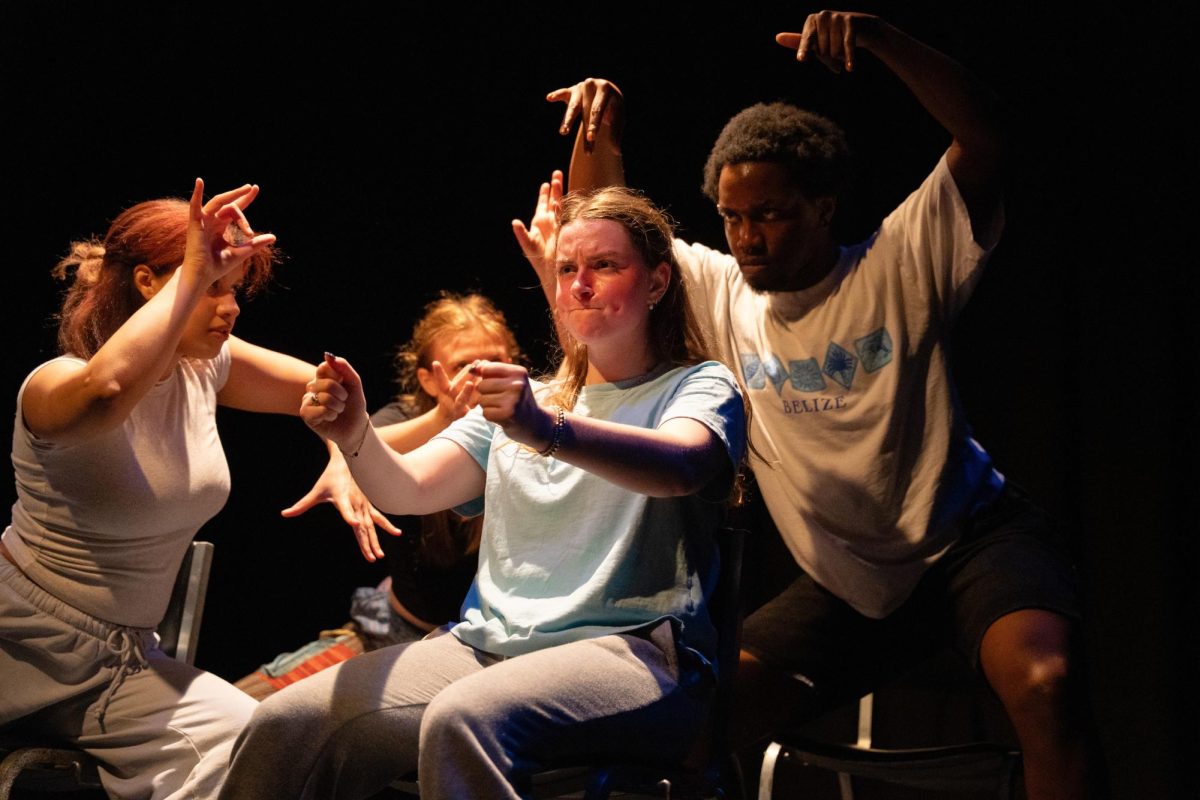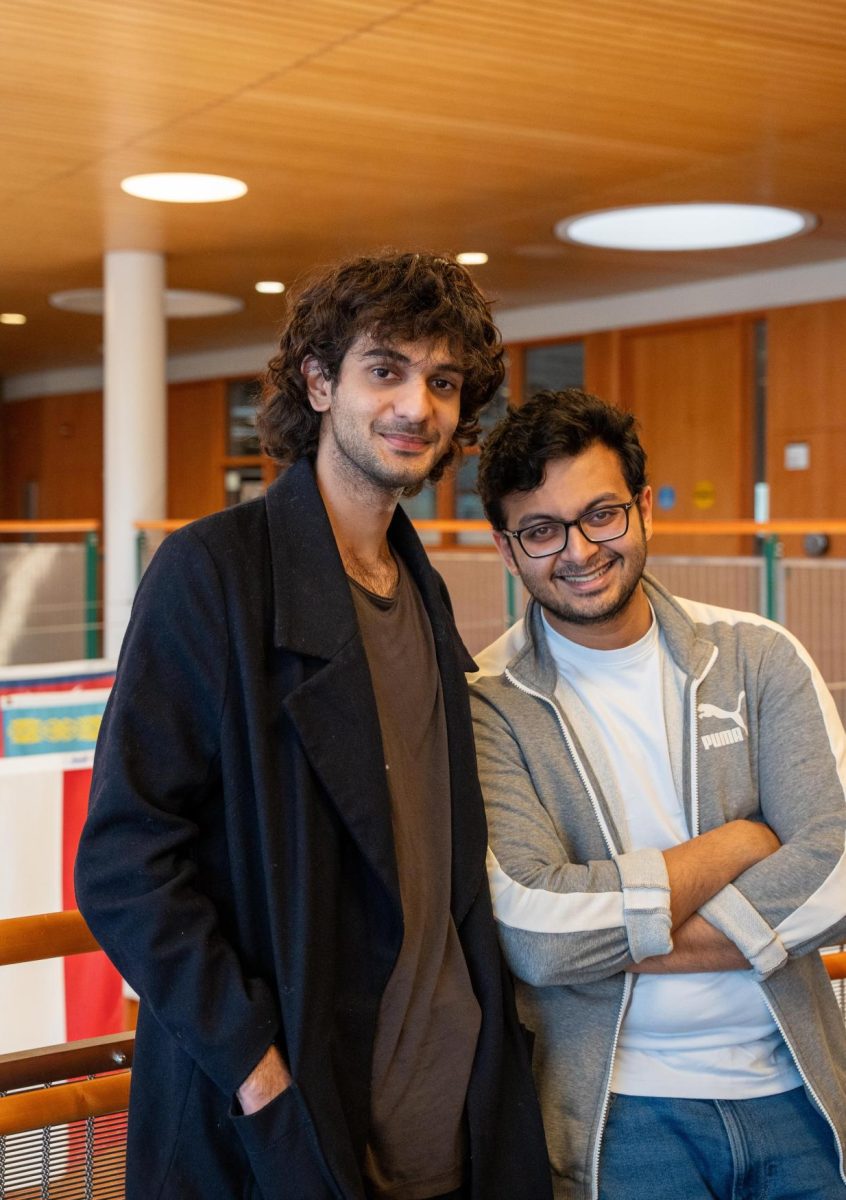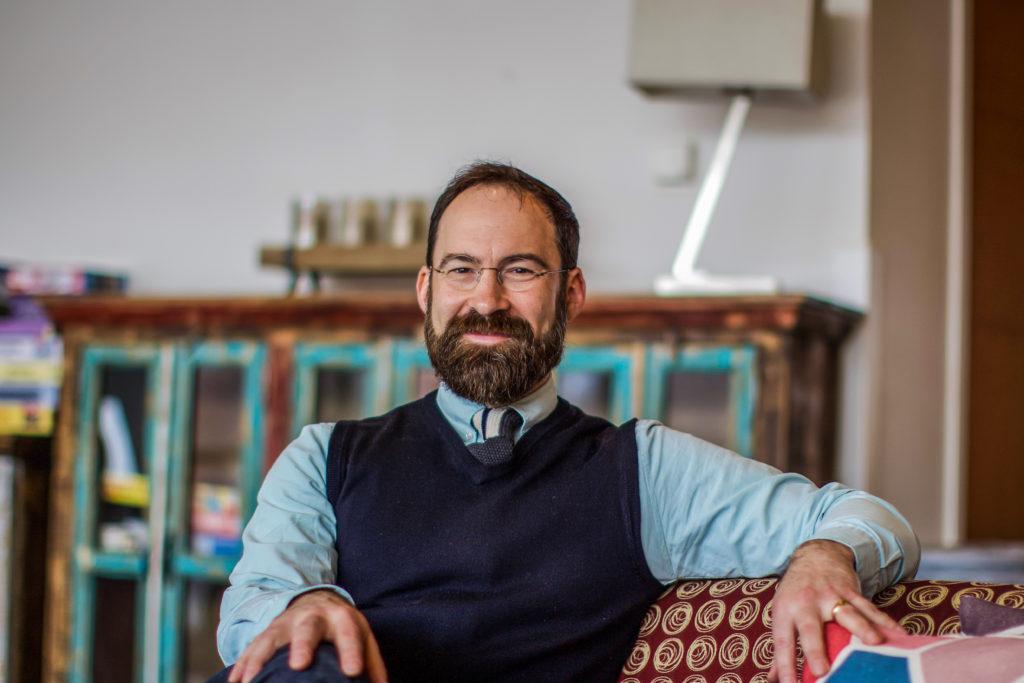The statue of the Hindu deity Ganesh, which was originally located under the mandap between Noyce and the Forum, has been moved to the second floor of the Center for Religion, Spirituality and Social Justice (CRSSJ).
Ganesh is the deva of wisdom in the Hindu pantheon and is easily identifiable by his elephant head.
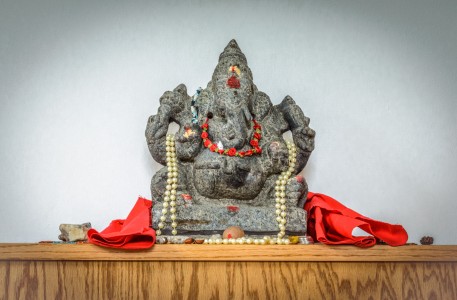
Photo by Jun Taek Lee
The move was carried out by the efforts of Deanna Shorb, Chaplain and Dean of Religious Life, along with Vinita Singh ’14 and other students.
Singh explained that from the Hindu perspective, Ganesh is far more than simply a statue.
“It was more than just a statue,” Singh said. “It was the deity himself.”
Although the deity has been moved out of Grinnell’s public space and into the CRSSJ, Singh said the move is justified due to the poor treatment Ganesh has received in the past. Any interested students can get 24-hour P-card access to visit the statue if they wish.
“I think it was a really, really good idea,” Singh said. “What had been happening a lot was that students were walking into the space with shoes on, which, obviously, in an Indian temple, you’re not allowed to wear shoes. But more than that, they were drinking in front of him, taking phone calls in front of him, smoking in front of him—they were putting their cigarettes out on him.”
However, the final decision to move the statue occurred after a more severe incident after the 2013-2014 school year.
“Over the summer, I went to see him,” Singh said. “And I found out someone had set him on fire. I emailed the Chaplain [Shorb] to tell her, ‘This is a hate crime, and this is a legitimate issue.’”
Shorb explained that not everyone understands the importance of the statue as a place of worship, and some have left disrespectful offerings there as a result.
“Ganesh came to campus initially as a memorial,” she said. “At once, he became a site of worship … and that’s been a journey, in this community, to have a largely Western, largely Christian community understand that Ganesh is [a] god, and not a statue … I think there are so many people in this community that did not know what was happening in Ganesh’s space.”
Additional concerns arose when the Sri—an honorary title in Sanskrit similar to mister—who had helped install the statue of Ganesh into the space noted that the environment in Iowa was much colder than in South Asia during the winter, and that the god would be cold.
“He said, ‘The god is cold,’” Shorb said. “He gave some suggestions of covering [Ganesh] with Plexiglas … that he could open when there were pujas [religious rituals in which offerings are presented to deities], and it could remain closed to keep him warm. In the interim, he clothed [Ganesh] with fabrics, beautiful fabrics … Since then, someone’s always put a scarf around him during winter, or a little red cape. The people have been covering him to symbolically keep him warm.”
However, there were too many issues with maintenance, warmth and vandalism to keep the statue outside.
“I felt that between the warmth factor, the damage, the general discarding of trash and soda cans and putting disrespectful offerings around him and at his base … that I would like to, with permission from Vinita and other Hindu students … go to President Kington and ask if he has a concern about moving Ganesh indoors,” Shorb said.
“I think hearing this story, it should come as a surprise to no one that it was time to move Ganesh,” she added.
The CRSSJ is open from Monday to Friday, 8 a.m. to 5 p.m. for visitors who wish to visit Ganesh.








